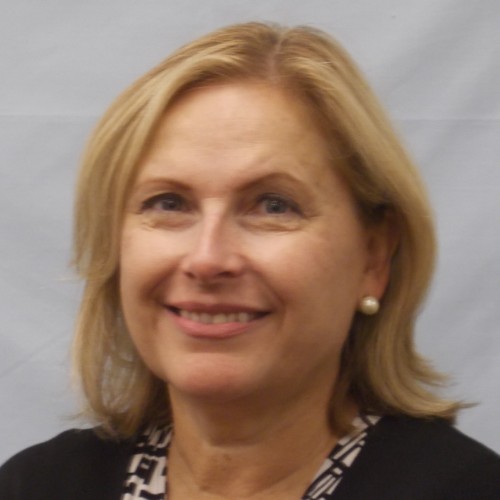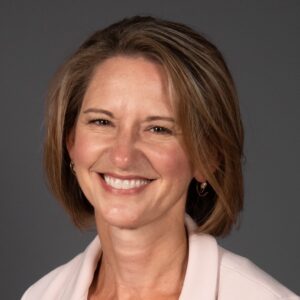Bridging the gap between LTC operations and design
You may have noticed that we’ve run numerous articles online recently that address senior living design trends and issues. This is related to the production of our biannual Environments for Aging publication—a big, visually compelling issue full of content that addresses the opportunities and challenges of designing care communities for the burgeoning senior population.
I've noticed an interesting theme in several of the articles—namely, the need for operations and design teams to communicate with each other during the concept development phase—not after the plans have been finalized.
And while it would seem like a no brainer that these two groups would collaborate in the design of a facility, it’s often not the case, says Jane Rohde, principal, JSR Associates, Ellicott City, Md. “There’s often a huge gap between the design development and operations and what you want for the residents’ outcomes,” Rohde says. “[Often] operations doesn’t talk to development and development doesn’t talk to operations and [neither group] talks to residents or the people caring for residents, which is nuts. People think if they design a space it will function the way they need it to. So we end up with these really dysfunctional buildings, unhappy staff and residents not cared for in an optimal way.”
Rohde has seen it again and again in her work as both an architect specializing in healthcare and senior living environments and an operational consultant. Rohde is a former vice president of design for Erickson Living. Under Rohde’s direction Erickson’s design department set out to close the gap by designing fully functioning spaces to better serve residents and staff. According to Rohde, the integration of healthcare models and operations with the designed environment is one of her firm’s criteria for achieving successful projects and positive resident outcomes. By staying up to date on current regulations, culture change, technology and research, Rohde asserts she’s able to provide the knowledge required to improve the healing and living environment for her clients.
Rohde recalls that in the past when she was designing buildings she’d go to operational meetings to get a feel for processes and “people were like, ‘what are you doing here?’ I said that 'If I can’t figure out what you need then I can’t figure out what you need designed.' [Meeting with operations] also makes you better positioned to ask the right questions because if you use architectural terminology with people in operations they might not understand it. So I’ll ask about the trash process, for example. Who picks it up? How does it get picked up? Where does it go and where do you want it to go? What does your truck look like? You have to learn everything.
“As much as we love to bring culture change about to residents, families and companies, [keep in mind] that the processes won’t be exactly the same in one place as another,” Rohde says, “but if you don’t start by establishing your residents’ desired outcomes then you won’t have a benchmark to then decide how you’re going to deliver foodservice, housekeeping and other services.”
Rohde is a frequent speaker on healthcare design and operational topics. She'll be presenting two sessions at our upcoming Environments for Aging Conference, taking place April 29 – May 1 in Orlando. For more information, click here.

Patricia Sheehan was Editor in Chief of I Advance Senior Care / Long Term Living from 2010-2013. She is now manager, communications at Nestlé USA.
Related Articles
Topics: Design , Operations











